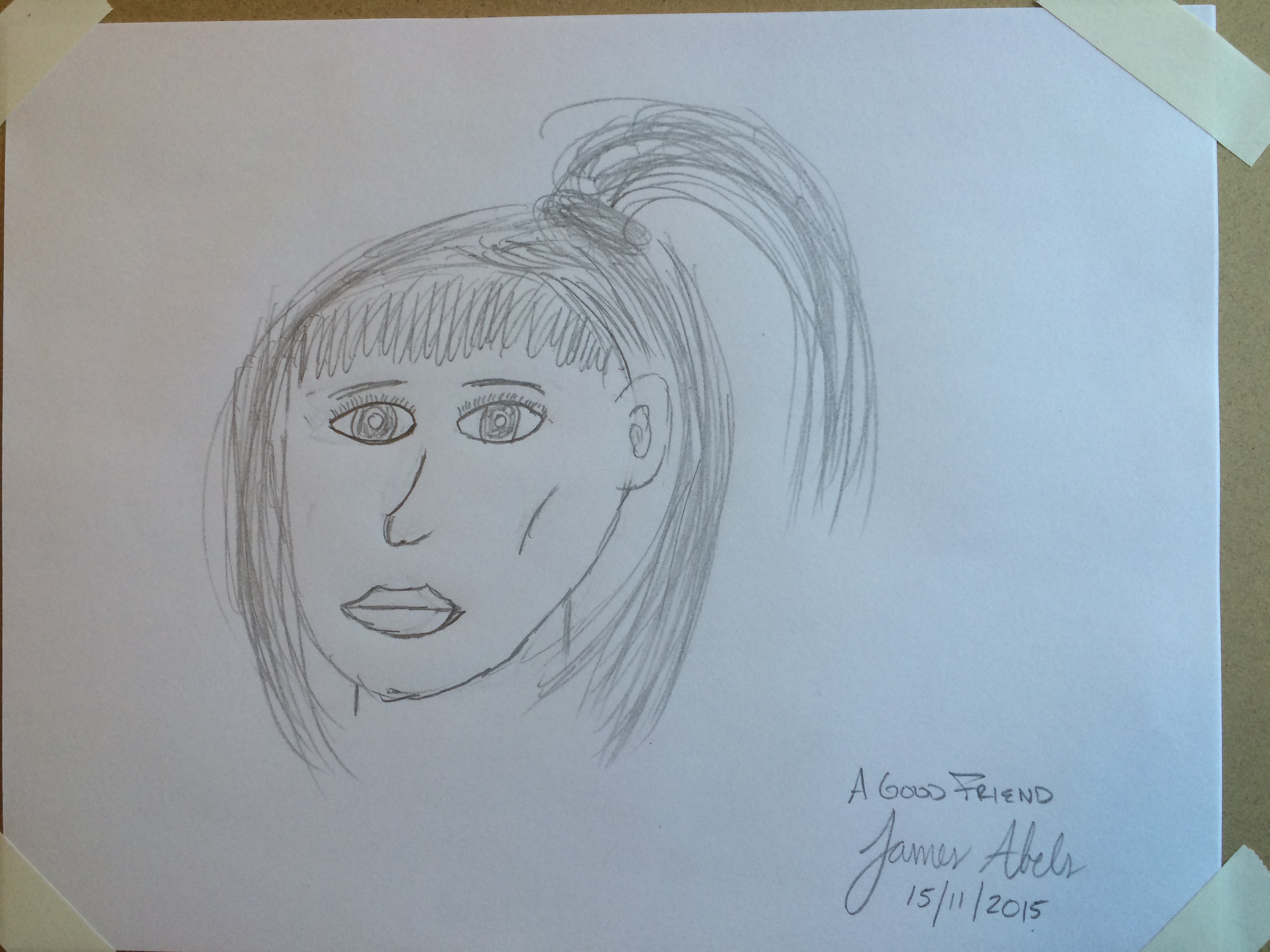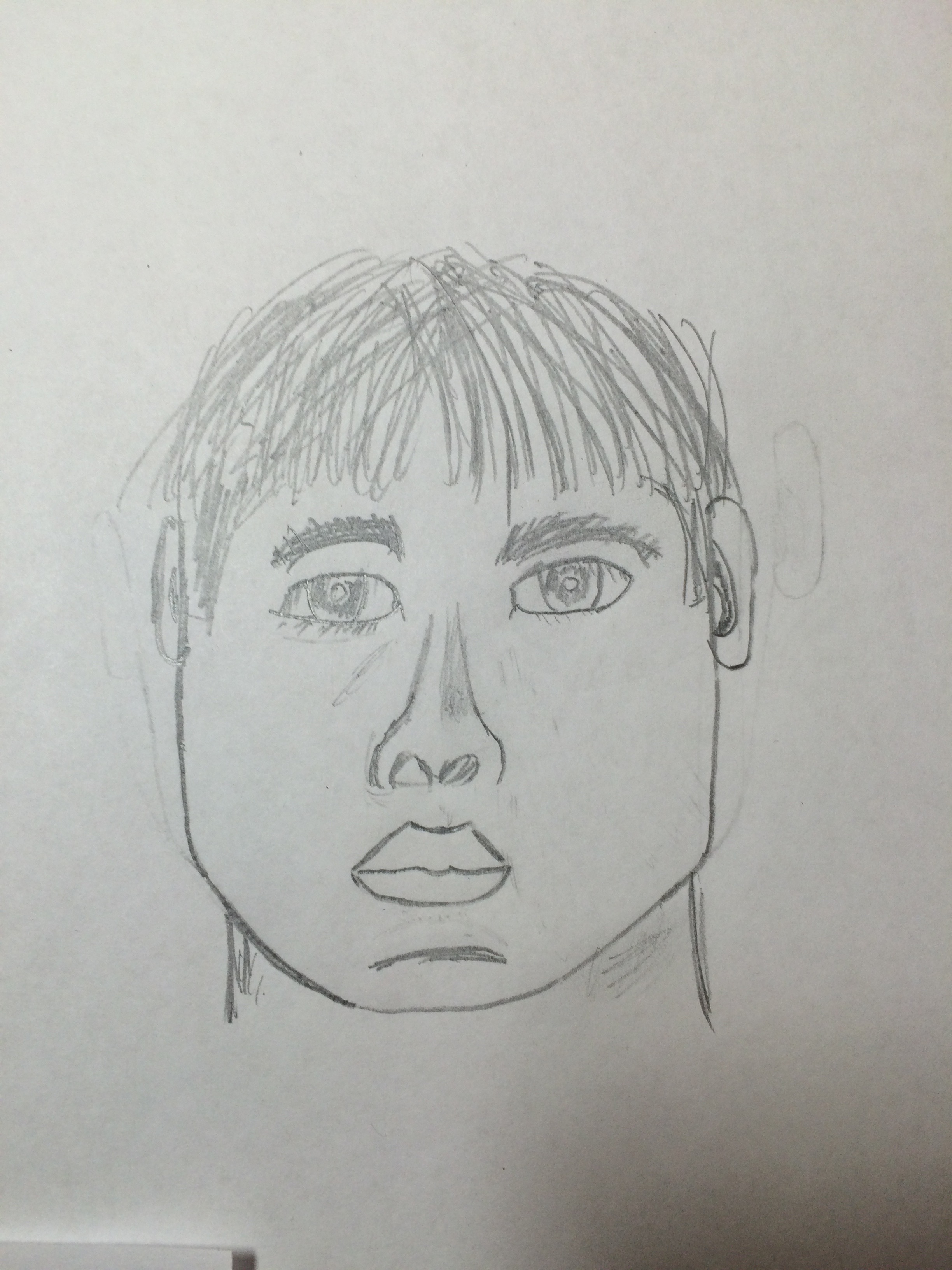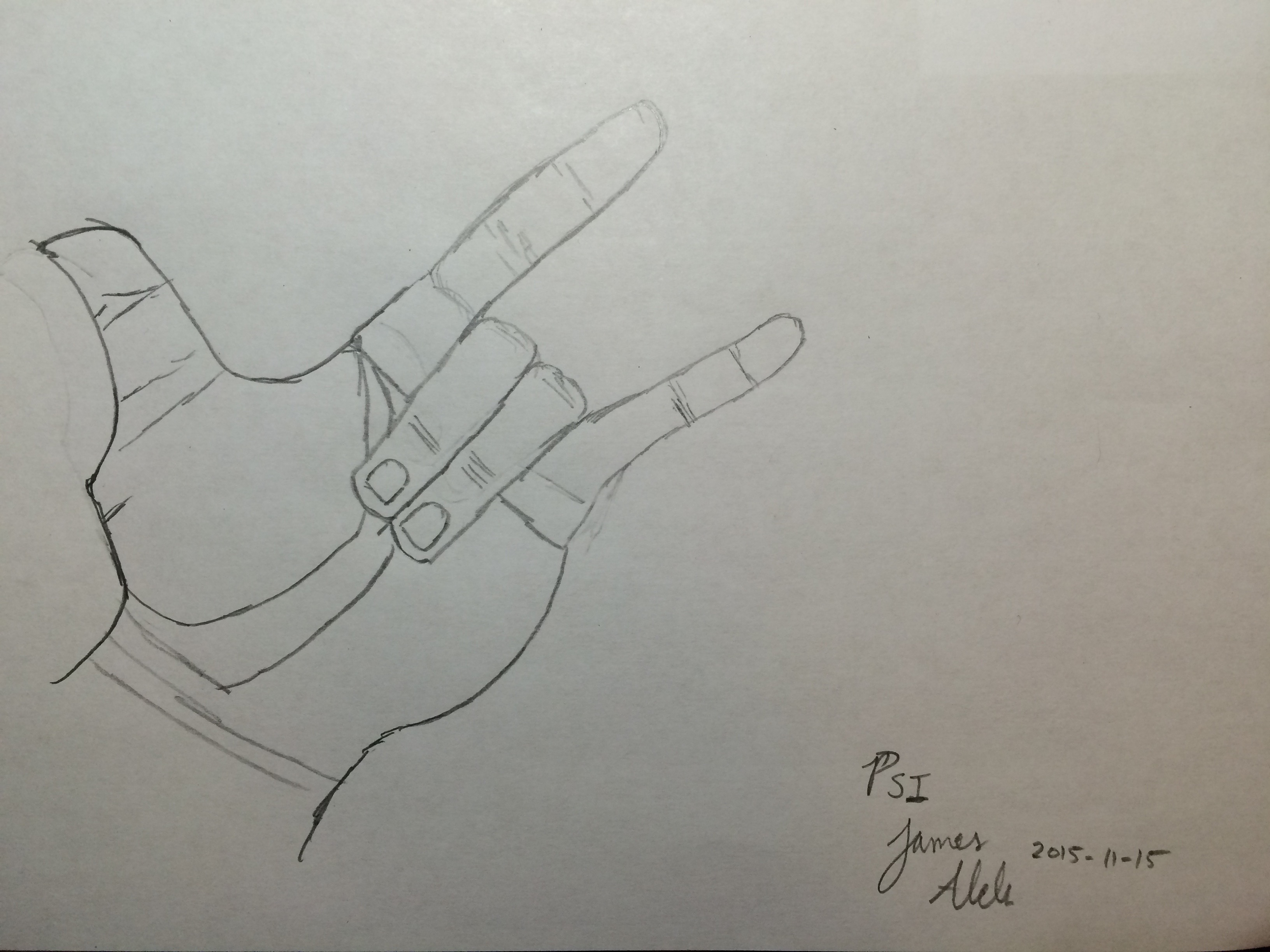- Published on
Learning to Draw
- Authors

- Name
- Jamie Abels

While I have always admired those gifted with the talent to recreate what they see, it has always seemed daunting. Every day on my brown bag lunches, my father would draw a picture. Generally a portrait, often of myself. Whenever I watch another person draw, despite my brain telling me otherwise, it looks so effortless.
I look at my past efforts and find them lacking in so many ways. Unlike programming, game mastering, music or other skills, I've never truly dedicated myself to improving my drawing. Granted it hasn't come as naturally as many of my other honed skills. But while I often practice those skills daily, I have never even thought to do so with drawing. Probably because I've always found it somewhat mystical.
I've hand drawn a few maps. Played with some apps on my iPad. But each time it's only a whim. Something that I give up on within a week or two. But as I continue my various creative endeavors, I find myself wishing to express my thoughts and ideas in ways other than words. In particular, as I try my hand at game design and cosplay, I find the lack of visual artistic expression difficult to overcome.
And so I've set forth on a journey to improve my drawing skills. I don't expect to ever be the best, or even particularly notable. But I would like to reach a certain level that would bring me satisfaction and improve my creative skills. And so, like any bookworm would naturally do, I ordered a book, Drawing on the Right Side of the Brain. My fiancée has decided to join me on this journey and I have decided to chronicle it here, on this blog.
Edwards explains that she is teaching the reader how to perceive. If you can examine an object and understand how it is put together, you can recreate that object by drawing. She also presents that there is not much difference in drawing real things and imaginary things. Between drawing a portrait and drawing a landscape. And that she will have the reader draw the supposedly difficult things to show them that they can draw anything. And I must say, comparing a selection of her students' pre-instruction drawings to their post-instruction drawings, I am impressed and hopeful for my future artistic ability.
So onto the first steps. Amber and I went to the local art supply store and gathered our many tools. Pencils, graphite sticks, several erasers, clips and more.1 Two of each, sometimes four. But enough to hopefully see us through this book. So, we get setup in the downstairs office. With my drawing board and pencil, I setup on the guest bed.

First, we must draw a portrait of a person from memory. I'm a proud and embarrassed at the same time. My drawing is clearly female, so that's a positive. And yet, doesn't look much like the person I intended, pretty big negative. But alas, I already knew I wasn't innately talented at drawing and after sharing this picture with the subject, I felt ever so slightly better.2

Next, a self-portrait. Trying to get my face right in The Sims and its sequels has always been frustratingly difficult. If you can't even get your own face right, how can you get other people's right? It doesn't look too much like me, but I got the hair mostly right. And the lips I think. I see myself in the mirror every day and yet can't replicate something I am so familiar with. This certainly isn't helping my motivation.

Finally, a drawing of my hand. Naturally, a Psi. Mostly because I threw a Psi for the first time in a few years. Amber and I attended a KKPsi alumni breakfast that morning. The proportions are weird but I think I did a good job for the most part. I'm particularly proud of the middle and ring fingers.
Edwards explains why she leads with these images. They're often considered some of the hardest things to draw. And so when we're done with her book and drawing these images again, we will compare them to show our improvement. In addition, she asks the reader to look for similarities between the pictures. What simple shapes reappear in each drawing. I noticed that the lips in the portraits look very similar, as do the eyes.
While not proud of my renderings, I am proud that I did it. That I'm working on developing a new skill that I never thought I would. And that I'm doing it on a journey with my fiancée. Something we can share and be proud of together.